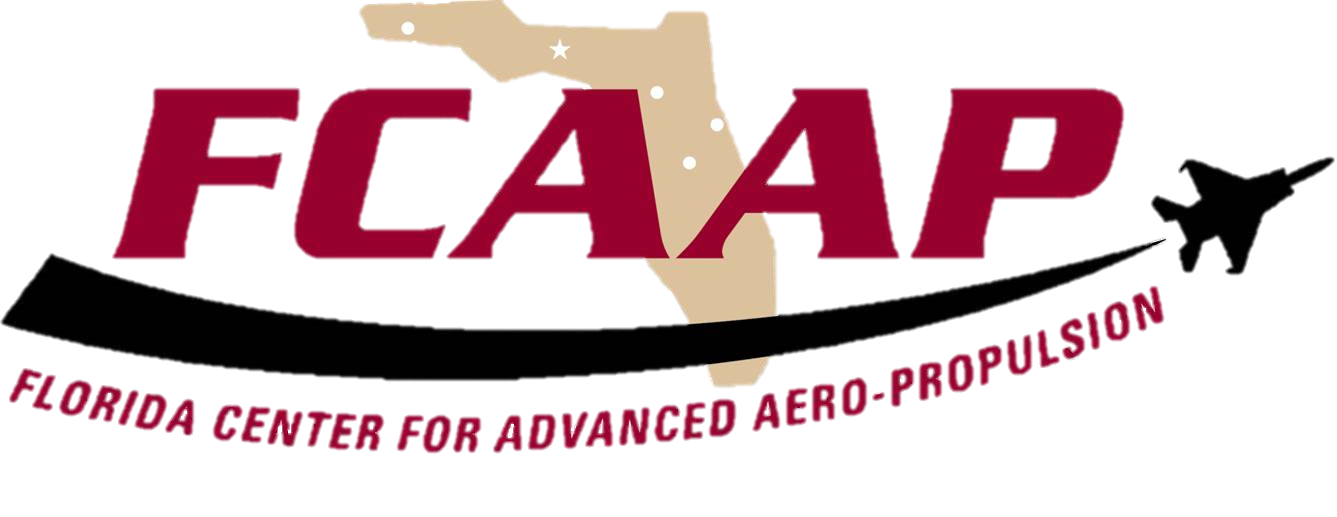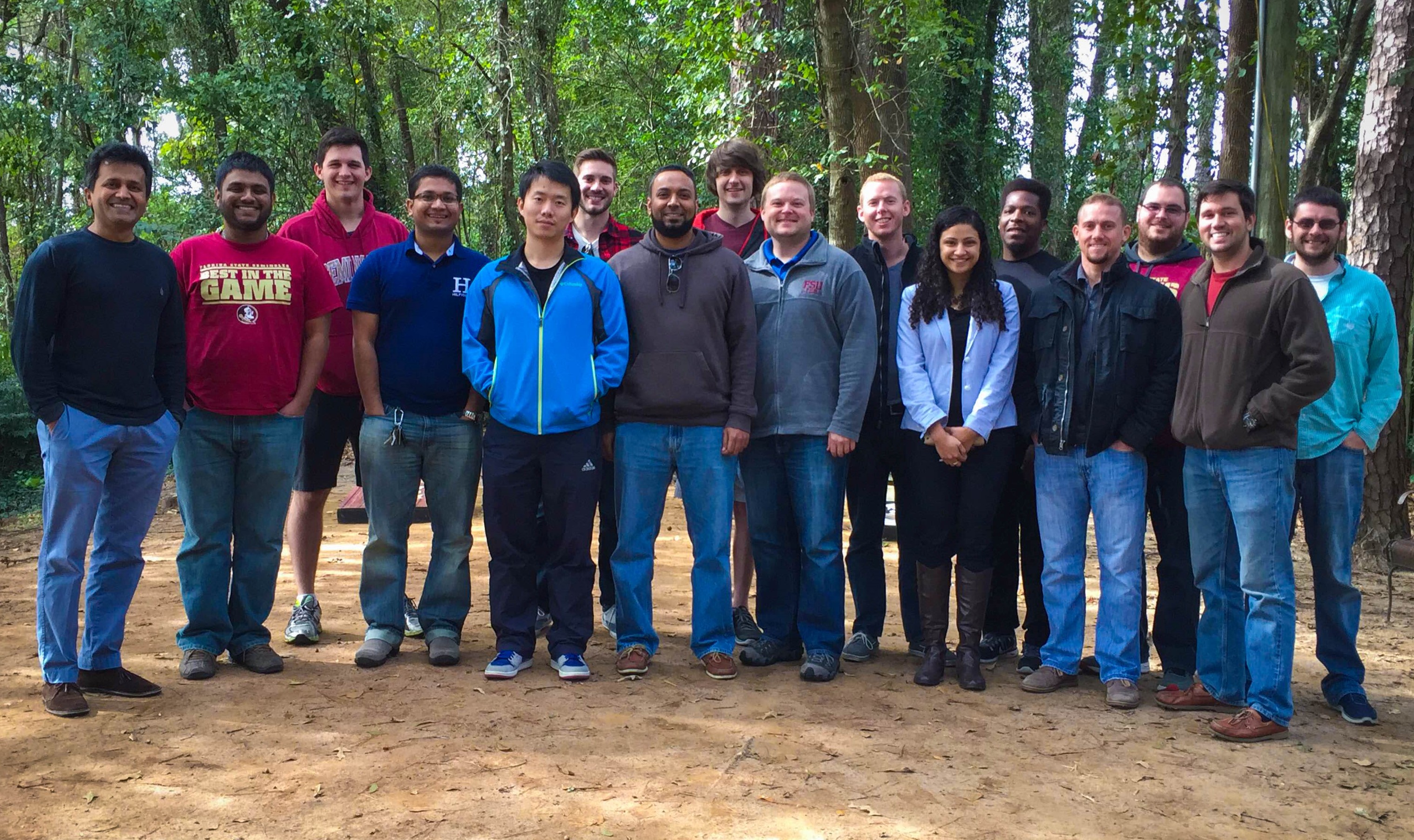
AAPL
Advanced Aero Propulsion Laboratory
Imagination is more important than knowledge. For knowledge is limited to all we now know and understand, while imagination embraces the entire world, and all there ever will be to know and understand.
—Albert Einstein
The Advanced Aero Propulsion Laboratory is a leading laboratory for the Florida Center for Advanced Aero-Propulsion, with a diverse and dynamic research program. It contains state-of-the-art testing and diagnostic facilities, not commonly available at university research centers. These include: a Hot Jet Anechoic Facility capable of operating supersonic hot jets - up to 2000 Fahrenheit, a STOVL Test Facility, an optical diagnostic development lab, a supersonic wind tunnel, and a large subsonic wind tunnel.
A number of faculty members actively and collaboratively conduct research at AAPL, examining a broad range of fluid dynamic problems. The main areas of research are high speed flows and their control and the development of non-intrusive diagnostics for the study of complex flows. We study fundamental fluid dynamics problems which also have direct practical applications. Some of the current research programs include: active control of supersonic jet noise and mixing, control of supersonic impinging jets, development of high-fidelity 3D Particle Image Velocimetry (3D-PIV), control of separated flows in engine inlets and over subsonic airfoils, and the development of low mass-flux micro actuators for various flow control applications.
Research is carried out in close collaborations with the partner universities in Florida Center for Advanced Aero-Propulsion using funding from state and federal government agencies as well as leading private companies. AAPL is currently preparing a move to a new building in the Innovation Park area, which among many other facilities will feature a 12"x12" cross section polysonic windtunnel funded in large part by a National Science Foundation grant.